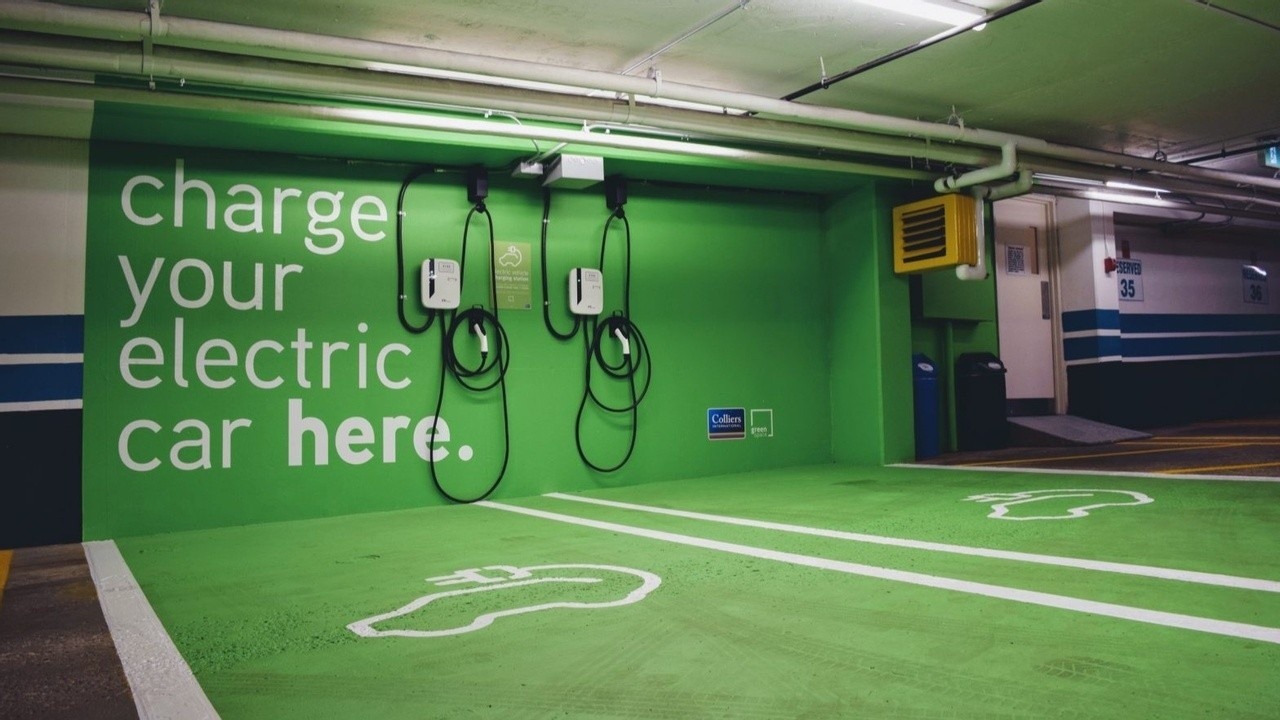The environmental benefits of electric vehicles have long been a draw for Canadians seeking a greener way to live, as electric cars emit up to 90% fewer greenhouse gas emissions compared to equivalent traditional ICE (internal combustion engine) vehicles. But now that economic advantages are catching up, EV’s (electric vehicles) continue to grow in popularity. With an estimated $2,000 annual savings on fuel and maintenance over traditional ICE vehicles, EV’s have become more accessible and an attractive choice to the average driver and consumer.
Pair the shift toward electric mobility with the fact that so many Canadian buyers live in multi-tenanted buildings (over 700,000 Ontario households live in condos today), access to reliable and cost-effective charging is both a necessity for drivers and an opportunity for building owners and operators.
Benefits Of Installing EV Stations At Your Condo
While more and more public charging stations have become available, the most convenient and preferred way for an EV driver to charge their car is at their home, when they’re parked for the night. The flexibility of level 2 EV charging stations has presented a new opportunity to add value at a multi-residential facility or condo, offering long-term benefits for owners and tenants. An example of this unique opportunity would be having an EV driver visit the facility and park at a charger located in a public access location.
Best EV Charging Solutions for Your Condo.
Generate Additional Revenue
The opportunity to generate revenue while covering the electrical costs is quite an appealing opportunity for the facility. Furthermore, a savvy consumer looking to purchase a unit in a condo will look for certain amenities and luxuries that add value.
Increase Property Value
Having EV infrastructure and level 2 chargers on site is an attractive selling feature and that’s where a multi-residential facility can capitalize on the burgeoning electric vehicle opportunity. Level 2 chargers are cost-effective and relatively easy to install, leading to a faster ROI and bigger future revenue potential. Overnight and evening charging is attractive for EV owners, namely for the convenience of being able to take care of their vehicle’s charging while they sleep.
How EV Charging Boosts Property Value
Scaleable For The Future Of EV Charging
metroEV’s mandate is to provide our clients with the most cost-effective level 2 charging stations. Our turnkey solutions focus on our client’s current needs along with a scalable solution for future level 2 charging station deployments.
Software Management For Your EV Charging Stations
A key consideration when installing a level 2 charging deployment at your facility is how to manage the charger for both the user and management. The software controls the back end of a charger or group of chargers. Parameters such as access control, charging status, pricing, power-sharing across multiple stations, and maintenance alerts are all easily monitored by the right software package.
metroEV Supports Two Types Of Multi-residential Or Commercial Charging Stations
- SHARED CHARGING where EV chargers are installed in visitor parking spots to be shared by multiple drivers
- PRIVATE CHARGING where each driver gets their own EV charger in their dedicated parking space
Read more about private vs. shared EV chargers and how to choose the right solution for your building.
Power Management To Support Your EV Chargers
For multi-residential or commercial buildings, our EV charger management platform offers these key features:
As no two facilities are alike, metroEV provides a custom-designed solution for any level 2 charging station deployment. The main hurdle to overcome when considering the installation of an EV charger is the availability of power. Since most multi-residential buildings built over the last 20-30 years did not account for the additional power required to install EV charging stations, getting electricity from either the electrical room or an electrical sub-panel to the parking space is also a typical challenge to solve for.
Power management allows your building’s electric infrastructure to support dramatically more EV chargers by adjusting the output of each charger depending on how many EVs are plugged in. Choosing a solution with power management is crucial for future-proofing your building. Below is an example of four 32-amp EV chargers installed on a panel with only 80 amps available. The same principle can be applied across your whole building to quadruple your EV capacity.
metroEV will help your facility prepare for level 2 charging station deployments by reviewing your electrical capacity to determine how many EV charging stations your property can accommodate.
Power management example
Software choices also impact the quality of the user experience, so a software package that includes an easy to use Phone App will make charging, payment and station access a positive experience for EV drivers.
It is also important to remember that future hardware purchases can easily integrate into an existing network. The best way to ensure that you are building a scalable charging network is to focus on hardware that is OCPP (Open Charge Point Protocol) compliant. Such equipment is “open” to software engineering and control- that means you can choose the very best equipment for your application without worrying about whether it will connect seamlessly to your network. Becoming part of a single-brand “closed” network will limit your choices and flexibility when you look to scale up to match the demand for charging.
All of these considerations play a key role when determining the cost of a level 2 charging station.

AUTHOR
Shai Sinai
Shai is the VP of sales at metroEV specializing in EVCS installations. He has been involved in all aspects of the EVCS process from assessing a buildings infrastructure requirements through all facets of the installation. He has a wealth of knowledge and experience in the EV field.








